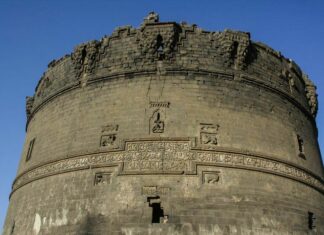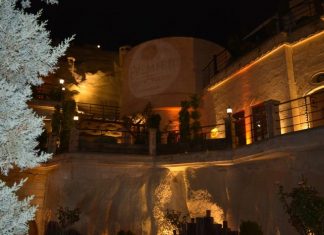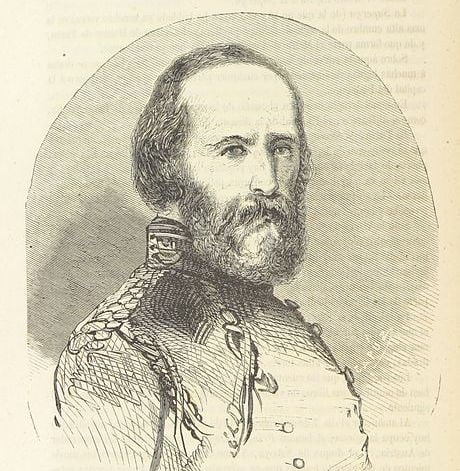Spain
The early epics and ballads of the Fourteenth and Fifteenth Centuries offer the first examples of the Spanish short story. The most interesting of the early indigenous Spanish stories are found in the epical Cid legends, one of which, The Chronicle of the Cid, contains a vast store of anecdotes and incidents. While the majority of these cannot properly be separated from the rest of the text, a few are independent stones. They are written with rare vigour and with that curiously effective emphasis which the epic writers managed to achieve through what would in modem writing be termed redundancy.
Prince Don Juan Manuel
Among the very earliest writers of the more modem type of story was Prince Don Juan Manuel, grandson of San Fernando, whose collection of stories under the title The Count Lucanor were written to illustrate points in moral conduct. Though these were told ostensibly in order to exemplify the virtues of prudence and wisdom and kindness, they have none the less an independent interest. Don Juan exerted considerable influence over his followers.
There is more originality in the short romance of roguery, later developed in France by Le Sage, and still later in England by Fielding and Smollett. Mendoza`s Lazarillo de Tormes, which belongs to the Golden Age of Spanish literature, is the earliest and one of the most famous of these picaresque romances. Aleman`s Guzman de Alfarache, no less celebrated, came a little later. Most of these novels are episodic (like Gil Bias, which was based upon them and their kind), so that the extraction of a chapter gives us in many instances a complete short story.
Interesting as these are, it was not until the great Cervantes produced his Exemplary Novels, that the Spanish story could be said to have reached a high point of development. Most of these are fairly long, and arr indeed miniature novels. Among the contemporaries and immediate followers of Cervantes we find so many writers that it is extremely difficult to choose among them. Montalvan, though better known as a dramatist, was the author of a muchread collection of tales.
Montalvan was followed by writers who either wrote in his manner, or tried to imitate that of Cervantes and the earlier poets and romancers. Literature in the Seventeenth and Eighteenth Centuries suffered an eclipse coincident with the Spanish imperial decline, and it was not until the Nineteenth Century that the short story again came into its own.
Read More about The Tall Woman part 4








